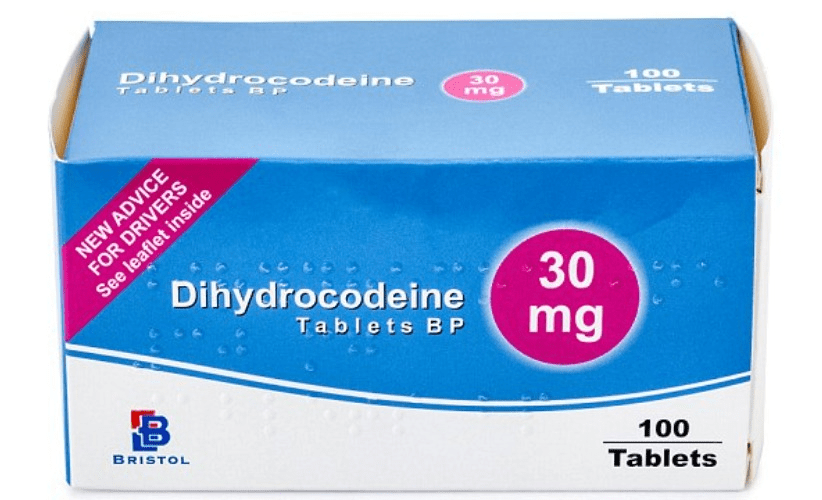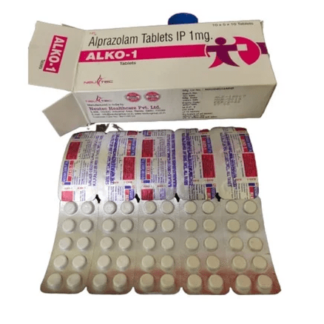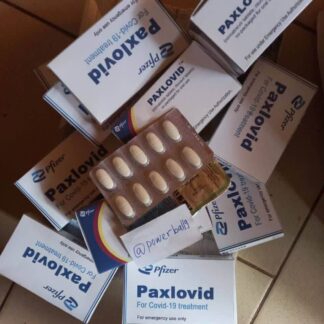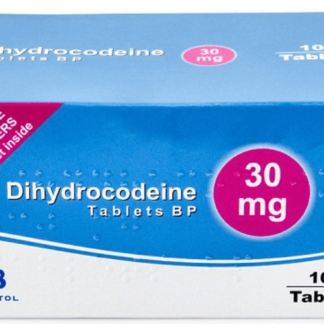Description
Dihydrocodeine-1 UK BRISTOL
Therapeutic indications
As an analgesic for the relief of moderate to severe pain. Dihydrocodeine Tablets 30mg are indicated in all painful conditions where an alert patient is desired, eg sciatica, osteo-arthritis, chronic rheumatoid arthritis, arthritis of the spine, peripheral vascular disease, post-herpetic neuralgia, Paget’s disease, malignant disease, post-operative pain.controlled substance schedules
Because dihydrocodeine, in the recommended doses, causes little or no respiratory depression, its use in the treatment of post-operative pain may reduce the risk of chest complications, controlled substances schedule, codeine and tramadol medicines, activity in a dosedependent, effect of dihydrocodeine, Is dihydrocodeine actually codeine?, Is dihydrocodeine a strong opioid?, Which is better for pain dihydrocodeine or codeine?
Posology and method of administration
Posology
Prior to starting treatment with opioids, a discussion should be held with patients to put in place a strategy for ending treatment with Dihydrocodeine Tablets 30mg in order to minimise the risk of addiction and drug withdrawal syndrome
The analgesic effect is not materially enhanced by increasing the dose above that recommended below; in severe cases the interval between doses should be reduced to obtain the requisite analgesic cover.
Adults and children over 12 years: One tablet (30mg) every 4 to 6 hours when necessary after food. Maximum dose in 24 hours 180mg (6 tablets).
Paediatric population:
Not recommended for children under 12 years old.
Elderly: Dosage should be reduced in the elderly. See also sub-section 4.4 Special warnings and special precautions for use.
Method of administration
For oral use.
Contraindications
• Hypersensitivity to the active substance or to any of the excipients listed in section 6.1.
• Respiratory depression
• Obstructive airways disease
• Acute alcoholism
• Risk of paralytic ileus
• Head injuries or conditions in which intracranial pressure is raised.
Special warnings and precautions for use
Drug dependence, tolerance and potential for abuse
For all patients, prolonged use of this product may lead to drug dependence (addiction), even at therapeutic doses. The risks are increased in individuals with current or past history of substance misuse disorder (including alcohol misuse) or mental health disorder (e.g., major depression), medicines in children, nociceptive activity, mgkg and the ed50.
Additional support and monitoring may be necessary when prescribing for patients at risk of opioid misuse.
A comprehensive patient history should be taken to document concomitant medications, including over-the-counter medicines and medicines obtained on-line, and past and present medical and psychiatric conditions.
Patients may find that treatment is less effective with chronic use and express a need to increase the dose to obtain the same level of pain control as initially experienced. Patients may also supplement their treatment with additional pain relievers. These could be signs that the patient is developing tolerance. The risks of developing tolerance should be explained to the patient.
Overuse or misuse may result in overdose and/or death. It is important that patients only use medicines that are prescribed for them at the dose they have been prescribed and do not give this medicine to anyone else.
Patients should be closely monitored for signs of misuse, abuse, or addiction.
The clinical need for analgesic treatment should be reviewed regularly.
Drug withdrawal syndrome
Prior to starting treatment with any opioids, a discussion should be held with patients to put in place a withdrawal strategy for ending treatment with Dihydrocodeine Tablets 30mg.
Drug withdrawal syndrome may occur upon abrupt cessation of therapy or dose reduction.
When a patient no longer requires therapy, it is advisable to taper the dose gradually to minimise symptoms of withdrawal. Tapering from a high dose may take weeks to months.
The opioid drug withdrawal syndrome is characterised by some or all of the following: restlessness, lacrimation, rhinorrhoea, yawning, perspiration, chills, myalgia, mydriasis and palpitations. Other symptoms may also develop including irritability, agitation, anxiety, hyperkinesia, tremor, weakness, insomnia, anorexia, abdominal cramps, nausea, vomiting, diarrhoea, increased blood pressure, increased respiratory rate or heart rate.
If women take this drug during pregnancy, there is a risk that their newborn infants will experience neonatal withdrawal syndrome.
Hyperalgesia
Hyperalgesia may be diagnosed if the patient on long-term opioid therapy presents with increased pain. This might be qualitatively and anatomically distinct from pain related to disease progression or to breakthrough pain resulting from development of opioid tolerance. Pain associated with hyperalgesia tends to be more diffuse than the pre-existing pain and less defined in quality. Symptoms of hyperalgesia may resolve with a reduction of opioid dose.
Dihydrocodeine should be given in reduced doses or with caution to patients with asthma and decreased respiratory reserve. Avoid use during an acute asthma attack.
Dihydrocodeine should be avoided, or the dose reduced in patients with hepatic or renal impairment.
Dihydrocodeine should be given in reduced doses or with caution to; debiltated patients, adrenocortical insuffciency, prostatic hyperplasia, urethral stricture,hypotension, shock, inflammatory or obstructive bowel disorders, hypothyroidism orconvulsive disorders.
However, these conditions should not necessarily be a deterrent to use in palliative care.
Alcohol should be avoided whilst under treatment with dihydrocodeine.
Risk from concomitant use of sedative medicines such as benzodiazepines or related drugs:
Concomitant use of Dihydrocodeine-1 and sedative medicines such as benzodiazepines or related drugs may result in sedation, respiratory depression, coma and death. Because of these risks, concomitant prescribing with these sedative medicines should be reserved for patients for whom alternative treatment options are not possible. If a decision is made to prescribe Dihydrocodeine concomitantly with sedative medicines, the lowest effective dose should be used, and the duration of treatment should be as short as possible.
The patients should be followed closely for signs and symptoms of respiratory depression and sedation. In this respect, it is strongly recommended to inform patients and their caregivers to be aware of these symptoms (see section 4.5).
Contains lactose. Patients with rare hereditary problems of galactose intolerance, total lactase deficiency or glucose-galactose malabsorption should not take this medicine.
The risk-benefit of continued use should be assessed regularly by the prescriber.
The leaflet will state in a prominent position in the ‘before taking’ section:
• Do not take for longer than directed by your prescriber.
• Taking dihydrocodeine regularly for a long time can lead to addiction, which might cause you to feel restless and irritable when you stop the tablets.
• Taking a pain killer for headaches too often or for too long can make them worse.
The label will state (To be displayed prominently on outer pack – not boxed):
• Do not take for longer than directed by your prescriber as taking dihydrocodeine regularly for a long time can lead to addic Interaction with other medicinal products and other forms of interaction
Dihydrocodeine-1 may cause the release of histamine; hence this product should not be administered during an asthmatic attack and should be administered with caution in patients with allergic disorders.
The depressant effects of opioid analgesics are enhanced by other CNS depressants such as;
• Anaesthetics- may increase anaesthetic and sedative effect
• Alcohol-enhanced hypotensive, sedative effect and respiratory depression
• Sedating antihistamines-may enhance the CNS depressive effects when taken with opioids.
• Anxiolytics or Hypnotics-may enhance CNS depressive effects when taken with opioids
• Tricyclic antidepressants-may enhance CNS depressive effects when taken with opioids
• Antipsychotics-enhanced hypotensive, sedative effect
• MAOIs taken with pethidine have been associated with severe CNS excitation or depression. Although this has not been documented with dihydrocodeine, it is possible that a similar interaction may occur with other opioid analgesics. Therefore, the use of dihydrocodeine should be avoided while the patient is taking MAOIs and for 2 weeks after MAOI discontinuation.
• When dihydrocodeine is taken concomitantly with antipsychotics there may be an increased sedative and hypotensive effect. Concomitant use of Dihydrocodeine-1 and ritonavir should be avoided due to the risk of toxicity.
This may antagonise the gastrointestinal effects metoclopramide and domperidone.
Cyclizine may counteract the haemodynamic benefits of opioids
Dihydrocodeine-1 may delay absorption of mexiletine.
Cimetidine may inhibit the metabolism of opioids
Sedative medicines such as benzodiazepines or related drugs: The concomitant use of opioids with sedative medicines such as benzodiazepines or related drugs increases the risk of sedation, respiratory depression, coma and death because of additive CNS depressant effect. The dose and duration of concomitant use should be limited .
Fertility, pregnancy and lactation
Pregnancy
Regular use during pregnancy may cause drug dependence in the foetus, leading to withdrawal symptoms in the neonate.
If opioid use is required for a prolonged period in a pregnant woman, advise the patient of the risk of neonatal opioid withdrawal syndrome and ensure that appropriate treatment will be available.
Administration during labour may depress respiration in the neonate and an antidote for the child should be readily available, Buy Dihydrocodeine. Online
Breast feeding
Administration to nursing women is not recommended as dihydrocodeine may be secreted in breast milk and may cause respiratory depression in the infant.








Reviews
There are no reviews yet.